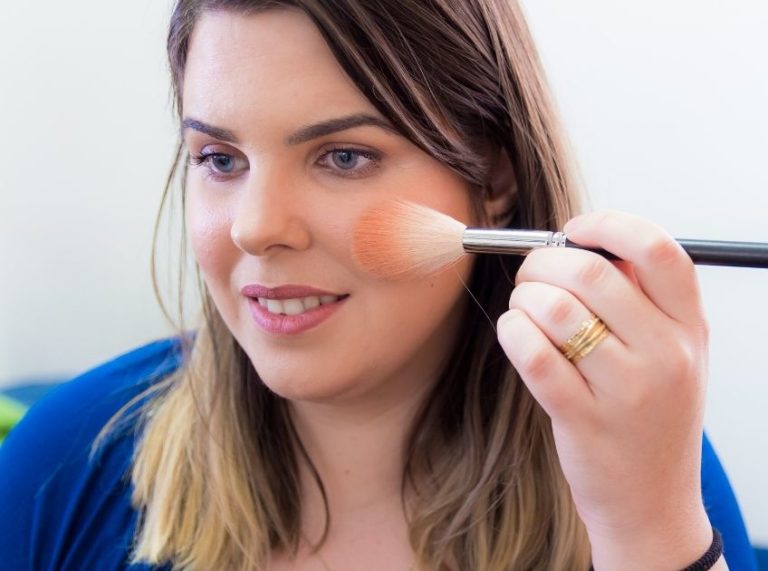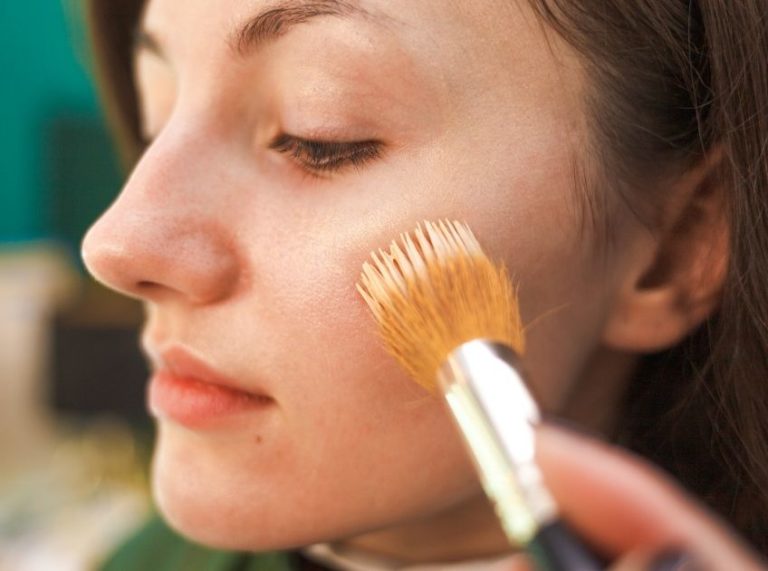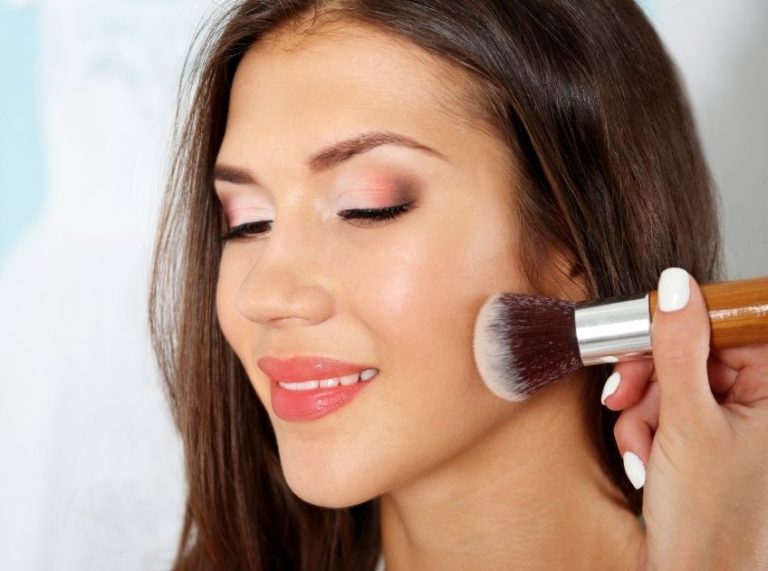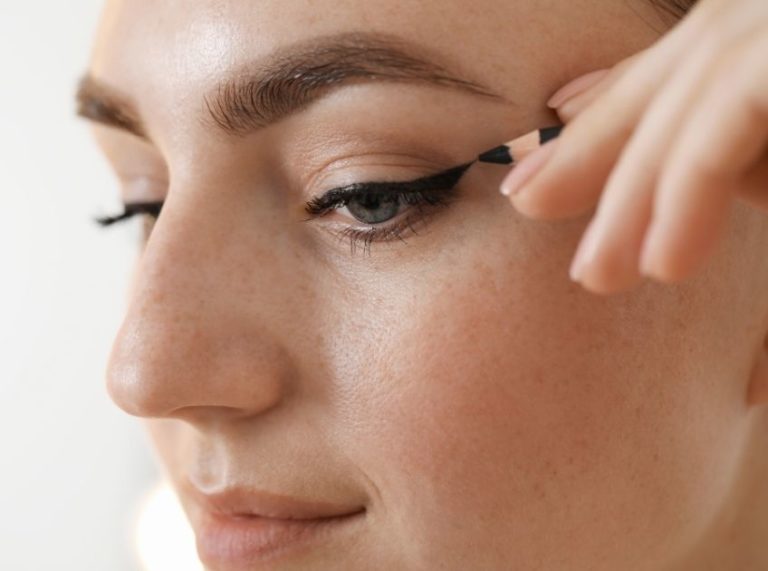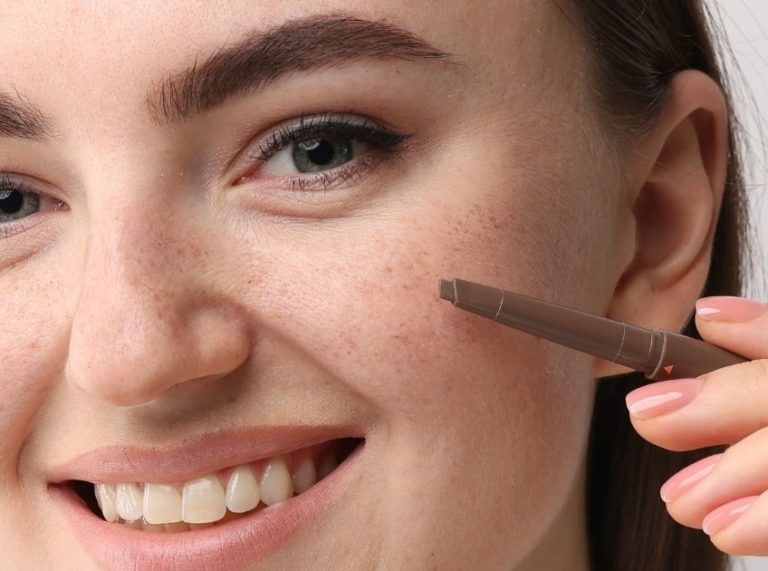
Important: This article is for informational purposes only. Please read our full disclaimer for more details.
When they say, ‘eyes speak a thousand words’, they mean the expressions we perceive through them. Eyes are the most prominent part of the face that gives it a structure. People are born with different types of eyes that grow in size in the first few years after birth and then in puberty. However, the shape and color remain the same.
Article Contains
Eye shape determines what type of eye makeup will suit them the best and enhance how they look. So, if you are a makeup freak and want to apply the correct eye makeup tricks and tips, you first need to know your eye shape.
This article will delve into an eye shape chart to help you understand your eye shape.
Keep reading!
Types of Eye Shapes
1. Monolid Eyes
To understand monolid eyes, first you need to know the lid space. The area of the eyelid that is visible when we open the eyes is called lid space.
Now, if you open your eyes and do not see any crease or fold on the eyelid, you have monolid eyes. Such type is also called single eyelid eyes and has smooth eyelids extending from eyelashes to brow bone.
2. Hooded Eyes

When you open the eyes, and a crease or fold covers the upper eyelid completely or partially, it is called hooded eyes (1)(due to hooded appearance). In such an eye shape, you will see a lot in the inner corner and very little towards the outer corner due to a prominent fold of the skin.
The upper eyelid droops for different reasons, among which genetics and aging are the two most common. People with family members having hooded eyes may have the same. Also, it can happen when we age, and the skin loses elasticity, creating creases above the eyelids.
3. Round Eyes
Round eyes, as the name indicates, are more circular or spherical compared to other eye shapes. The beautiful curved shape of such eyes makes them look very beautiful. You can decipher that your eyes are round by looking at the mirror and checking if the white of the eyes, called the sclera, is visible or not above or below the iris.
Additionally, the outer corner of round eyes is also round in shape rather than elongated as in other eye shapes.
4. Downturned Eyes
A downturned eye shape is determined by examining the outer corner of the eyes. If they are drooping slightly or angled downwards, the chances are you have downturned eyes. In such eyes, the lower eyelid extends slightly beyond the upper eyelid, giving an appearance of drooping.
Downturned eyes often appear mysterious, deep, and slightly sad.
5. Upturned Eyes
Upturned eyes are opposite to downturned eyes, wherein the outer corner of the eyes is tilted slightly upwards. In such cases, the outer corner appears angled higher than the inner corners, looking much like cate-eye or almond-eye.
Upturned eyes look cheerful and bright, giving a youthful appearance to the person.
6. Almond Eyes

Eyes that resemble the shape of an almond are called almond-shaped eyes (2). The inner corners of such eyes are round, whereas the outer corners taper to a point. Such eyes are elongated horizontally and look extremely flattering due to the right balance and symmetry.
To know if you have almond-shaped eyes, look in the mirror and examine the creases on your lids. If it is clearly visible and the iris touches the sclera from both sides- top and bottom, you probably have almond-shaped eyes. You can also examine the inner and outer corners to ensure.
How to Know Your Eye Shape
To determine your eye shape, you first need to understand the eye shape chart fully. Once you have learned the eye shapes, it will become easy to determine yours.
Step 1 : Look at the mirror and ensure that your eyes are relaxed. You should not be feeling sleepy while examining your eyes. Also, make sure that you are not smiling or flexing your brows, as these expressions can change your eye shape slightly for that time.
Step 2 : Check the upper eyelid and watch out for the creases. Examine how much of the eyelid shows between the crease and lashes. You may notice that this is different for both eyes.
- Double eyelid– When the crease is distinctly visible with open eyes.
- Monolid– When no visible crease is present on the upper eyelid.
Step 3: After checking the eyelid, look for the outer corners and see if they are angled upwards or downwards.
- Downturned– When the outer corner is angled downwards or drooping
- Upturned– When the outer corner is angled slightly upwards
- Almond-shaped– When the outer corner tapers or is angled neutral (neither up nor downwards)
Step 4 : Now look at the iris of the eyes and examine how much of it is visible when you open your eyes. At the same time, notice the sclera. If the iris is visible above and below the pupil, you have a good symmetrical eye shape, probably almond-shaped.
Conclusion
Having a complete knowledge of eye shape charts ensures that you can understand how your eyes look, what they lack and what makeup can enhance their appearance. Once you know the eye shape, use the right makeup products and techniques to make them more gorgeous.
Image Source : echarme.it
Related Articles
- How to Apply Eye Shadow by Eye Shape?
- Best Eye Makeup Tips For Almond Shaped Eyes
- Eye Makeup For Deep Set Eyes – Tips and Tricks
- Eye Makeup Tips for Small Eyes: Step by Step Process
- Eye Makeup Tips for Close Set Eyes – Step by Step Guide
- Hooded Vs Non Hooded Eyes: Understand the Differences
- Eye Makeup Tips for Women Over 50
- Eyeliner Tips for Women Over 50
- How to Shape Your Eyebrows Based on Face Shape
- Eye Makeup For Green Eyes – Tips and Tricks
- How To Shape Your Eyebrows Perfectly

